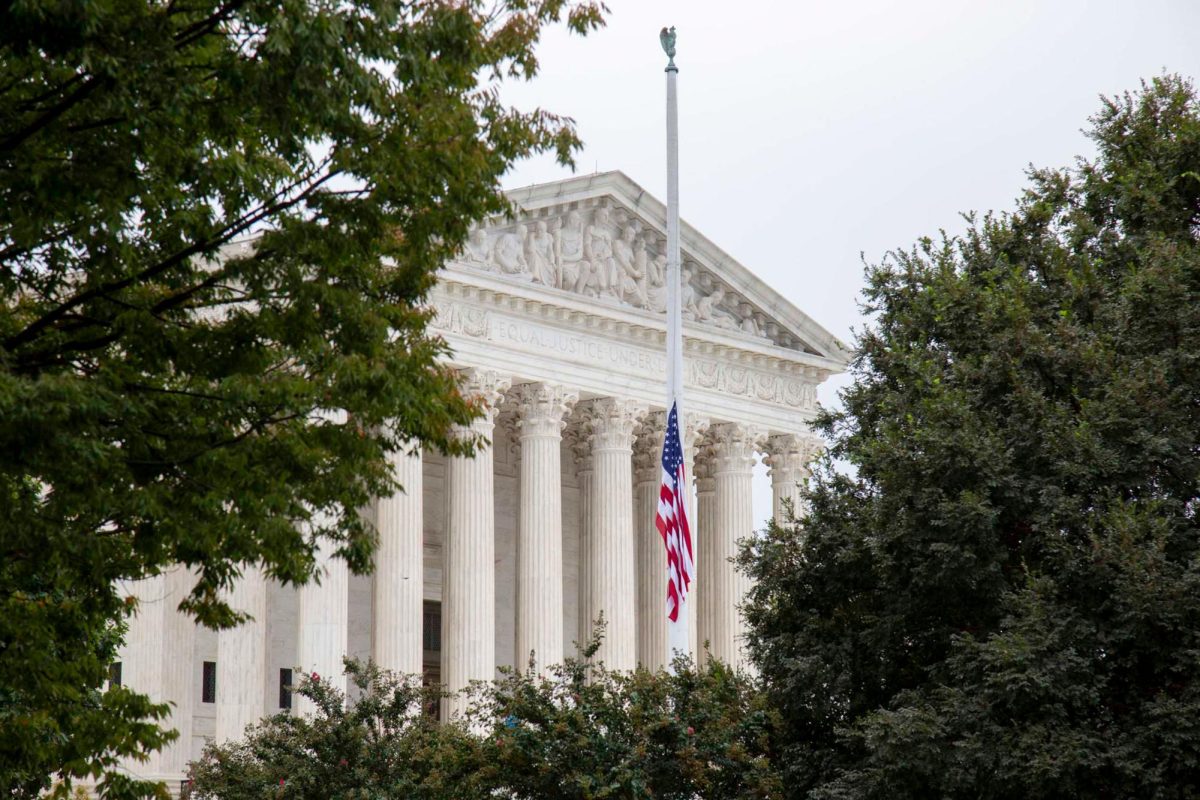Researchers from the Milken Institute School of Public Health published a study earlier this month revealing that millions of Americans are at risk of losing access to community health centers because of a lack of funding.
The report, which is published annually using the Health Resources and Services Administration’s data on health centers, shows that visits to community health centers had dropped by about 20 percent by late August since before the pandemic and about one out of 14 centers have closed nationwide. Jessica Sharac, a research scientist in the Department of Health Policy Management, said community health centers provide services like dental care and transportation that people risk losing long-term access to.
Sharac said she worked with Geiger Gibson/RCHN Community Health Foundation to compile the report for 2019, and she and her team are using financial and demographic data from HRSA to track how the pandemic is affecting community health centers on a weekly basis.
She said HRSA is reporting how many centers have closed, the decline in weekly visits to centers and the percentage of staff that is unable to work due to safety concerns from the pandemic.
The report found that nearly 30 million Americans – many who are racial and ethnic minorities – received care at a federally funded health center in 2019.
Sharac said community health centers are missing large amounts of revenue because of a drop in patient visits and a lack of federal funding, which could lead to multiple closures. She added that the Affordable Care Act provided funding for community health centers, but centers could lose federal funding after the CARES Act’s funding runs out in November.
“The big problem really facing community health centers right now is financial uncertainty,” Sharac said. “Obviously with the decline in visits to community health centers because of people being afraid to go out to get health care and trying to stay indoors, they might not be able afford health care because they lost a job or similar things like that.”
Public health experts said community health center closures put uninsured community members at risk of losing their care in the long term.
Leila Barraza, an associate professor of public health at the University of Arizona, said many people haven’t been accessing the regular care they need from primary care doctors, including at community health centers, due to the COVID-19 pandemic. She said people with underlying medical conditions who are at a greater risk for contracting COVID-19 may have trouble accessing the health care they need if their community health center has closed and they don’t have another primary care doctor.
“People still need their primary care,” she said. “We know that people with underlying medical conditions are at higher risk of severe complications from COVID-19, so those underlying conditions, people still need care for those.”
Tara McCollum Plese, the chief external affairs officer for the Arizona Alliance for Community Health Centers, said health centers in Arizona have started to offer telemedicine options for patients who don’t want to come into the office, which she said can make reimbursements for doctors complicated because telemedicine costs less than in-person care.
The Medical Faculty Associates started offering virtual follow-up visits for patients who received care at the emergency department, which medical experts said can complicate the reimbursement process for health care providers.
“The funding issue is paramount because if you don’t have a good strong workforce, it is almost impossible to serve the people in that community,” Plese said.
She added that policymakers and public health officials should use data like the information compiled in Sharac’s report to guide their decisions about how they’ll fund community health centers moving forward.
“Those people with chronic diseases may find themselves concerned about not having seen their primary care provider in a certain period of time,” she said. “Especially if they’re diabetic or have asthma, this is really the time that this is most critical that they be able to touch base with their primary care providers.”








